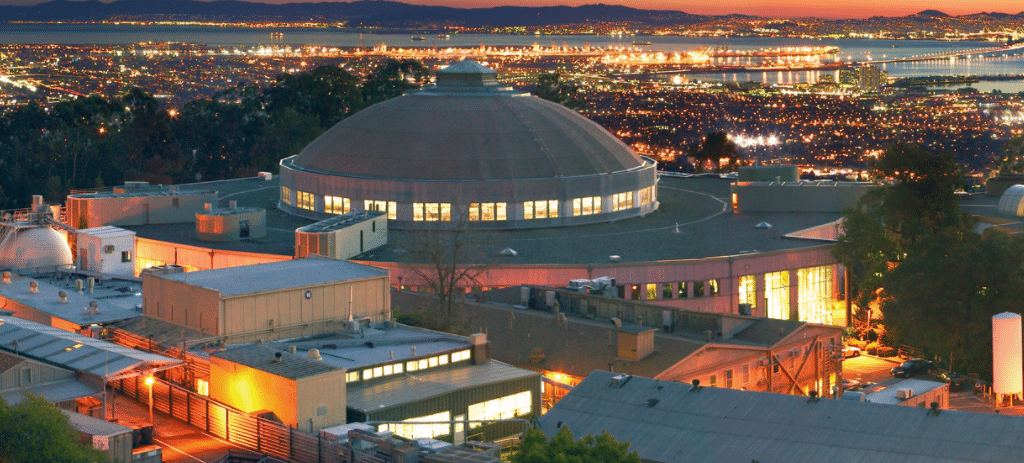Even under threat of severe budget cuts, Lawrence Berkeley National Laboratory researchers soldier on, producing valuable studies designed to continue the industry’s substantial momentum in the United States.
Its latest study, Sources of Price Dispersion in U.S. Residential Solar Installations, focused on a burning question facing current and future solar consumers: Why do people pay vastly different prices for what is essentially the same solar installation? The results are, frankly, fascinating.
Focusing on roughly 250,000 residential installations between 2008 and 2014, Berkeley researchers discovered that installing solar mirrors the pricing structure of purchasing an airline ticket: On the surface, there’s no rhyme or reason to how solar pricing is calculated. After all, people within the same region can pay dramatically different prices for essentially the same product.
Below the surface, however, there are key drivers that create conditions under which the pricing variation is explained (though not necessarily justified). It all begins with having low-cost access to information.
The study found that having neighbors that recently installed solar, along with the ability to get different project estimates from independent third parties, promote less variation in pricing. As might be expected, installers who know that consumers can ask neighbors what they paid, along with having more intense competition, forces them to keep prices in the same range.
On the other hand, people without access to that information have to negotiate prices with individual installers, which can be time consuming and more costly.
The findings of the Berkeley study should encourage solar advocates, both nationally and at the state level, to make accessing solar pricing information more easy, especially in emerging markets, where interested consumers may not have friends and neighbors available to discuss their experiences.
This report – the latest in a series of studies produced in partnership between Berkeley Lab, the National Renewable Energy Laboratory, and several universities – was led by researchers at the University of Wisconsin-Madison, with additional participation by Yale University and the University of Texas-Austin.
This content is protected by copyright and may not be reused. If you want to cooperate with us and would like to reuse some of our content, please contact: editors@pv-magazine.com.








By submitting this form you agree to pv magazine using your data for the purposes of publishing your comment.
Your personal data will only be disclosed or otherwise transmitted to third parties for the purposes of spam filtering or if this is necessary for technical maintenance of the website. Any other transfer to third parties will not take place unless this is justified on the basis of applicable data protection regulations or if pv magazine is legally obliged to do so.
You may revoke this consent at any time with effect for the future, in which case your personal data will be deleted immediately. Otherwise, your data will be deleted if pv magazine has processed your request or the purpose of data storage is fulfilled.
Further information on data privacy can be found in our Data Protection Policy.